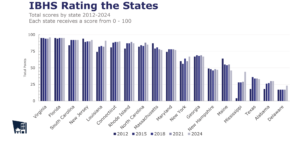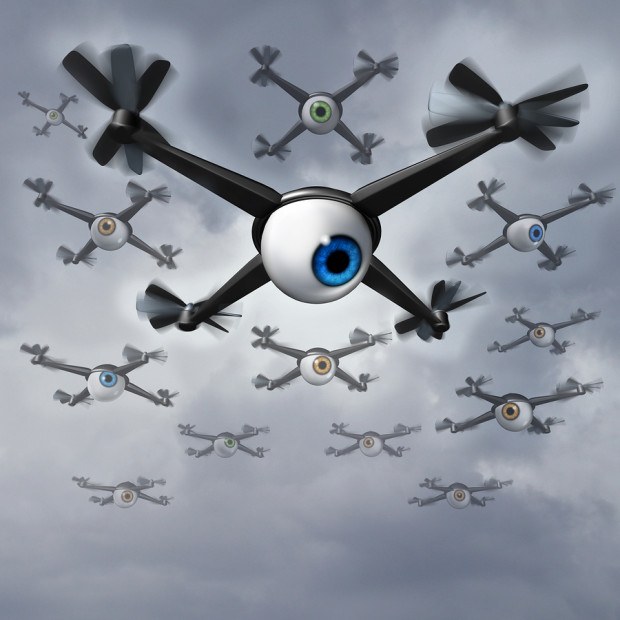Property/casualty insurers have responded positively to the soaring interest in and use of commercial drones, even as global regulators struggle to keep up with the nascent industry, Marsh asserted in a new report.
“So far, the insurance sector has responded positively to this nascent industry, with some insurers being so proactive as to write their own safety rules to fill the gap left by regulators,” Marsh said.
At the same time, insurers who plan to offer the coverage have plenty to learn even as real estate agents, Hollywood studios, Amazon and other businesses are testing commercial drone use to enhance their work, the global broker and risk management consultant noted.
“The road ahead … is filled with challenges of comprehension, education and provision, both to end users and manufacturers,” Marsh said. “Concerns over privacy also abound, and there is little doubt that this subject will generate much debate in the future, particularly once a precedent has been set following a successful series of claims.”
That precedent will be hard to obtain, however, Marsh said, because insurers embracing commercial drones are dealing with a new client base that itself is adjusting to rapidly changing technology.
Marsh said that there aren’t yet enough precedents in terms of claims and education to let underwriters accurately assess commercial drone risks. They expect that to change over time, however, as manufacturers develop more consistent standards and regulators such as the U.S. Federal Aviation Administration and other government officials around the world create official regulatory structure for drone use in this new age.
Marsh said that regulations for commercial drone use vary widely around the world. The European Aviation Safety Agency, for example, has a policy on commercial drone operations, but it lacks details on operator/pilot requirements or aircraft licensing. Individual European countries vary on what they allow concerning commercial drones. On the other hand, countries including Brazil and Canada have no current regulation governing commercial drone use. As Marsh noted, the F.A.A. in the U.S has proposed commercial drone regulations, which are now in draft form, but there insurers and other businesses are lobbying for quicker action.
Meanwhile, insurers including AIG, USAA and State Farm have obtained FAA exemptions to test commercial drones for insurance claims review after natural disaster, risk assessment and management, and other underwriting functions.
Marsh cited statistics asserting that one tenth of the global civil aviation fleet will be unmanned within 10 years, and annual global spending on commercial drones will double to $11.5 billion.
Marsh’s report is called “Dawning of the Drones: The Evolving Risk of Unmanned Aerial Systems.”
Source: Marsh





















 The Insurance Data Paradox: Structure Creates Flexibility
The Insurance Data Paradox: Structure Creates Flexibility  Executives on the Move at AIG, White Mountains, Vermont Mutual
Executives on the Move at AIG, White Mountains, Vermont Mutual  Worst Is Over: Most of Casualty Reserve Hole May Be Filled, Analyst Says
Worst Is Over: Most of Casualty Reserve Hole May Be Filled, Analyst Says  What Industry Executives Are Saying About Loss Reserves, Social Inflation
What Industry Executives Are Saying About Loss Reserves, Social Inflation 







